Hello, commander!
We hope you are well. On the back of last week’s reveal of the two new
In today’s DevBlog, we’ll detail two nations, one being brand-new to
Bulgaria is one of the new nations to be included in
Details of the uniform of Bulgaria’s foot soldiers during World War II are scarce - especially in English.
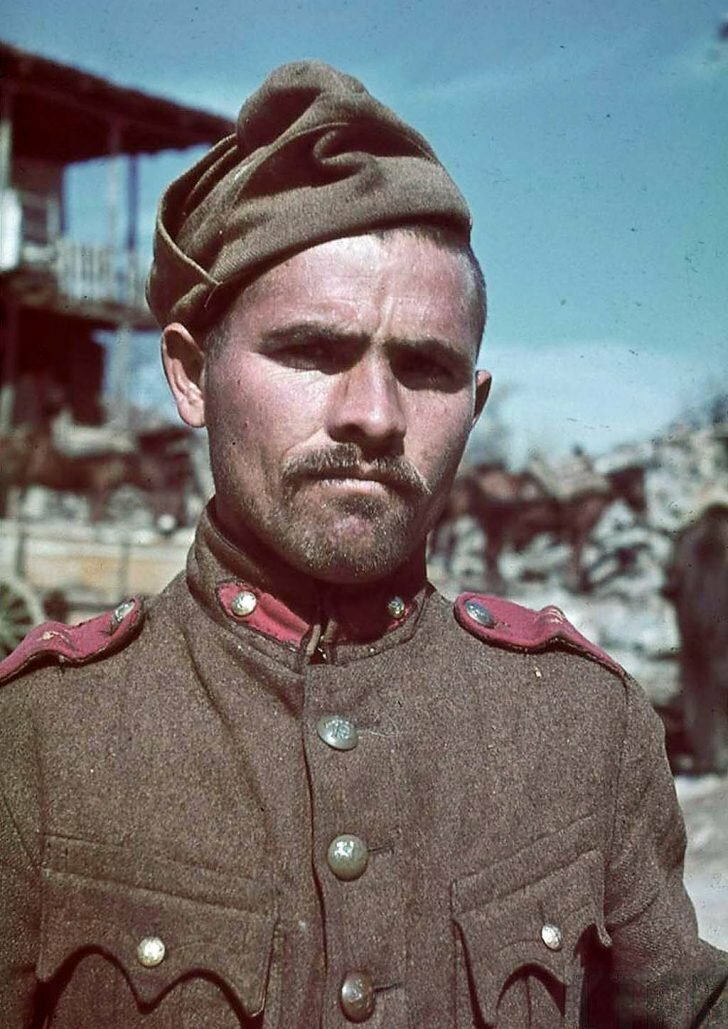
The Bulgarian soldier is predominantly wearing brown jackets and pants, with red collars and shoulder insignia for the infantry. The Bulgarian M36 helmet is very reminiscent of the ubiquitous German
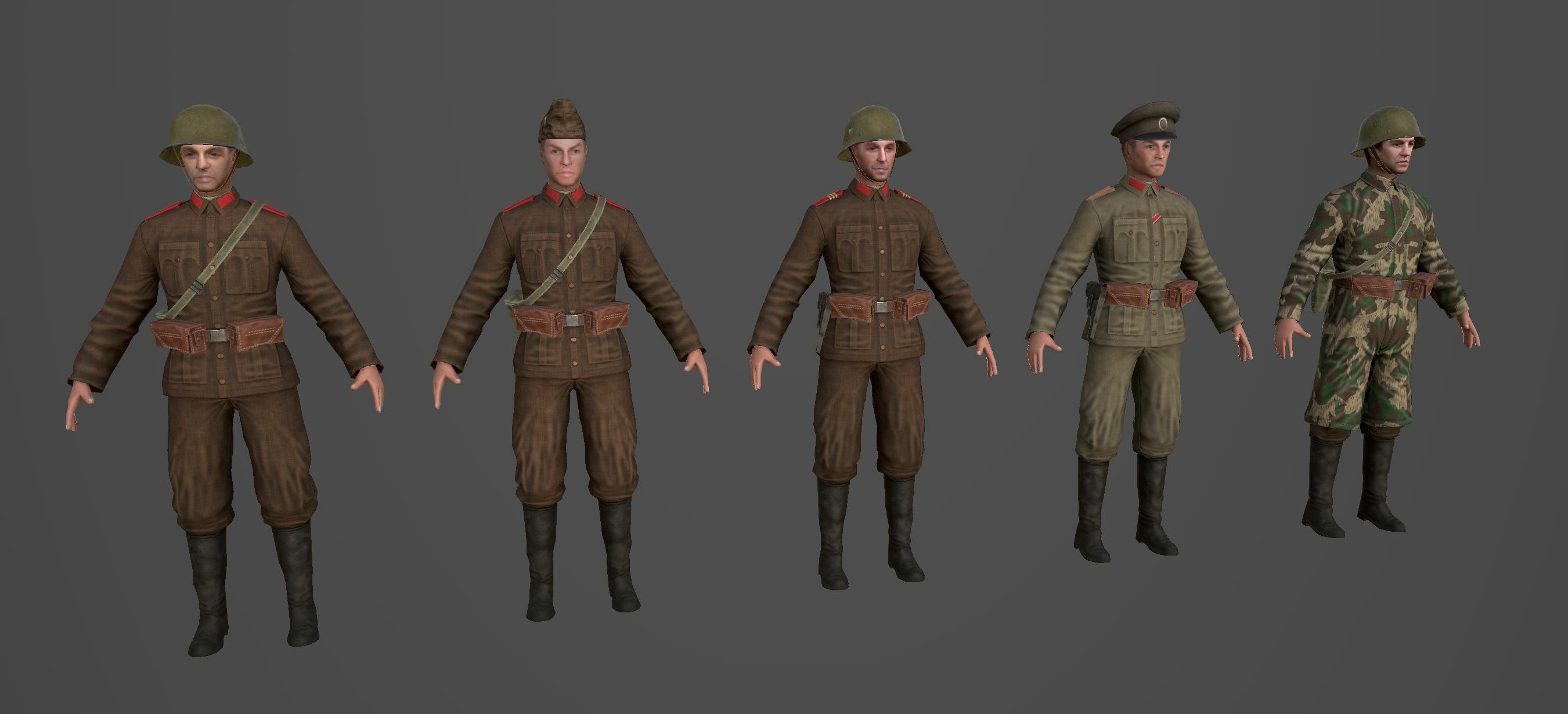
Limited to its sole paratrooper battalion, Bulgaria also used camouflaged uniforms during the war. These were based on the Wehrmacht
With the wide variety of French fighting forces during World War II, it shouldn’t come as a surprise that there are still plenty of special types of troops to be highlighted. As you know from the previous
The Morrocan
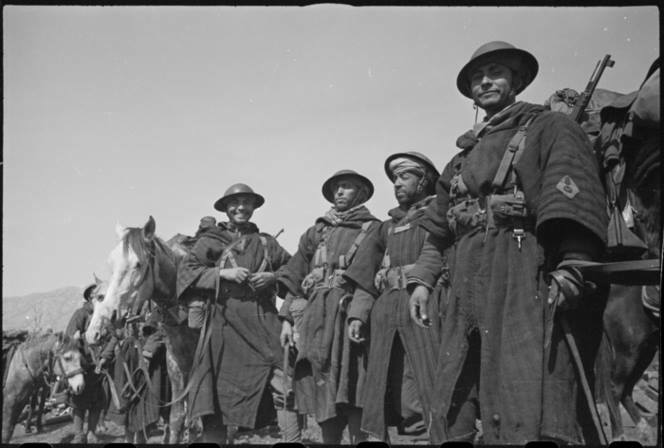
After the defeat of France in 1940, and with the limitations imposed on the Armistice Army in terms of manpower and equipment, Goumiers weren’t included. Instead, they were considered “police troops.” Being scattered all over the place, these auxiliary forces slipped under the radar, which the French high command used to increase their number and weapon stocks discreetly.
When the French
The Goumiers’ claim to fame happened during the Battle of Garigliano in Italy in May 1944, which decided the fate of Monte Cassino. Having been regrouped as a brigade, they broke through German lines in supposedly impassable mountain terrain (even for an infantry division). The whole of the
The Germans were forced to abandon the Gustav line, as well as Rome. This left the Fallschirmjägers defending Monte Cassino unsupported, which in turn allowed the Poles to storm and capture the strategic monastery.
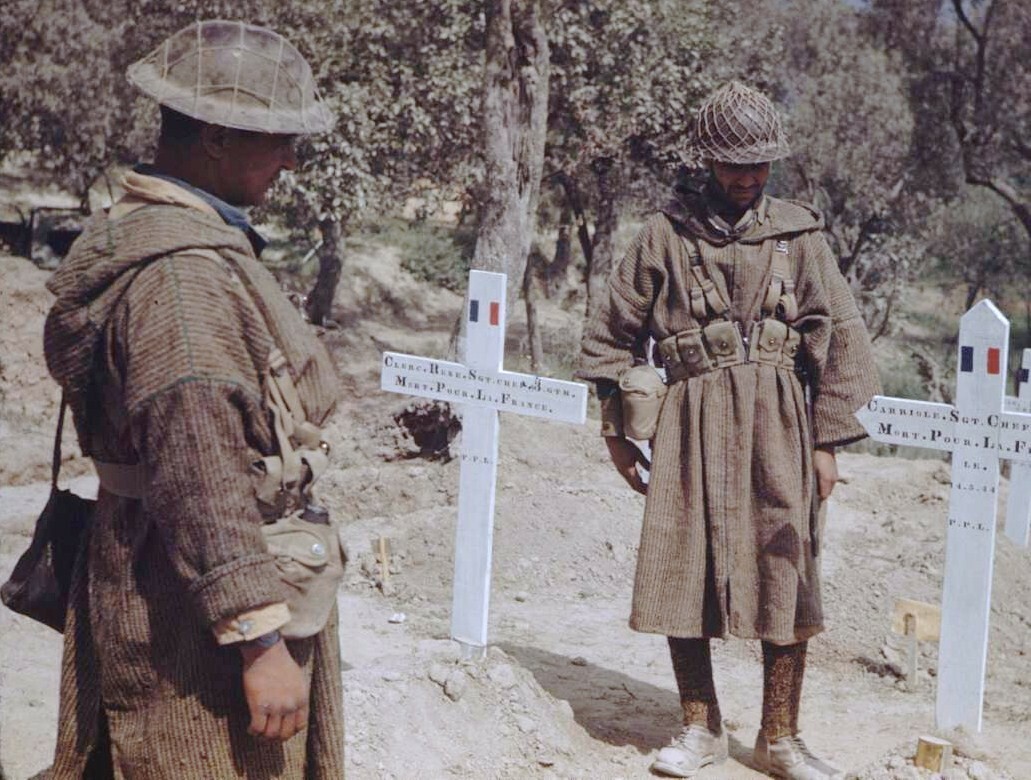
Goumiers didn’t wear an army uniform, but a striped djellaba, sandals, and an American M1917 helmet or occasionally a French Ardian one. Tireless in the mountains, equipped with only a few mules, Goumiers could advance quickly through any terrain. They also made for excellent scouts and snipers. More warriors than soldiers, they were feared by the Germans who called the Moroccans (collectively, not just the Goumiers) the
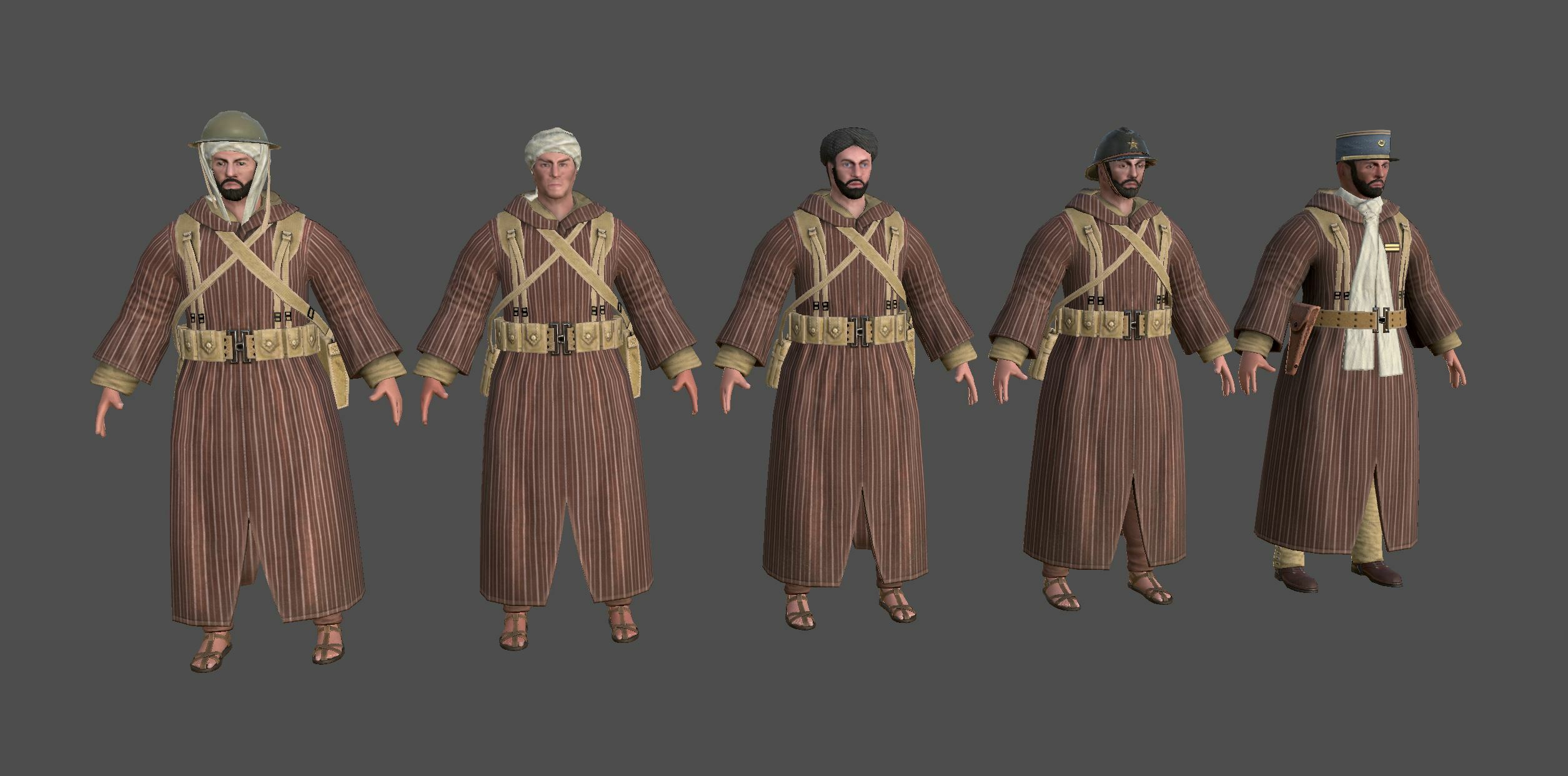
The 2nd and the 3rd
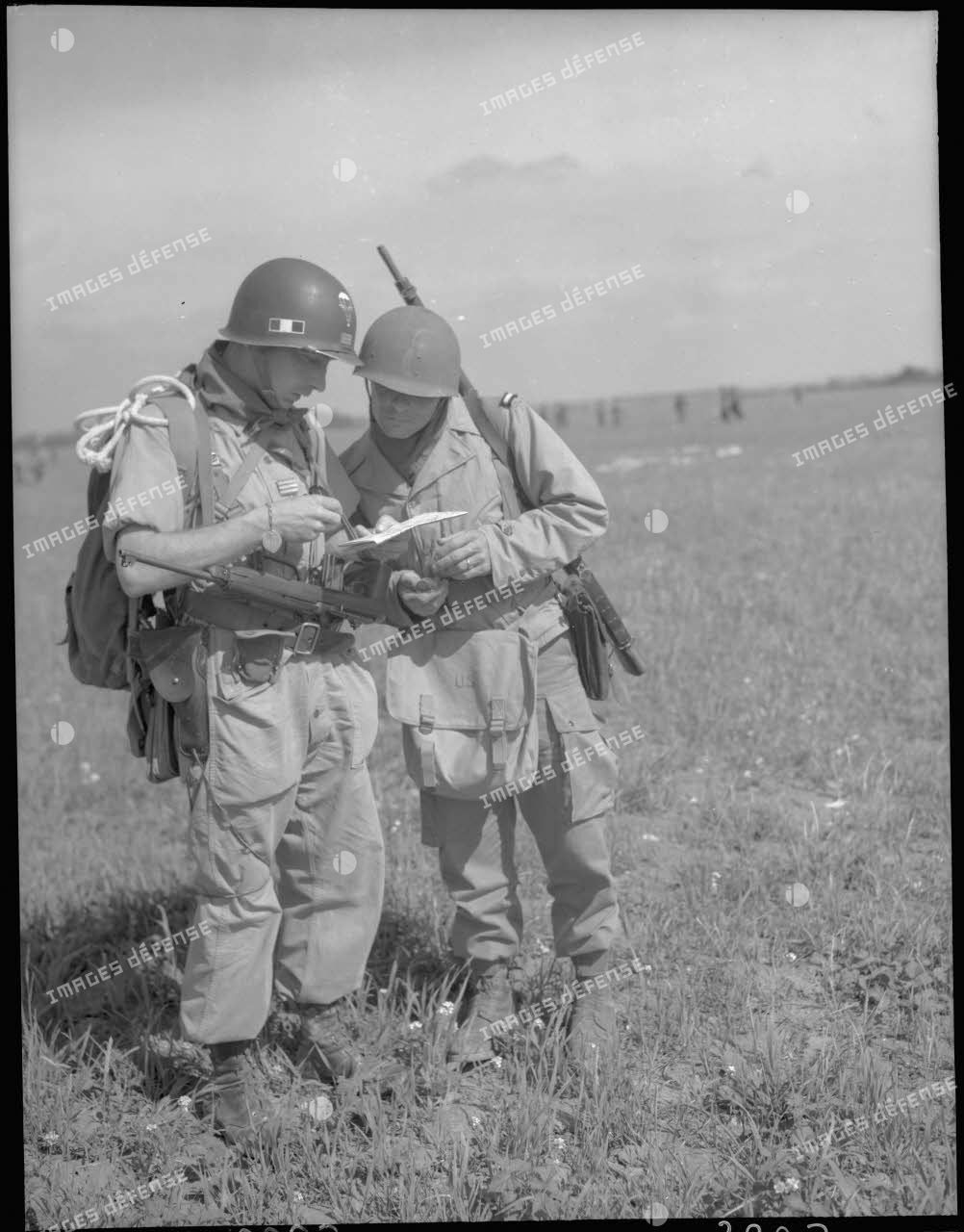
While inspired by the Americans, the uniform kept a distinct beige color with specific markings, including the inevitable French fashion touch!
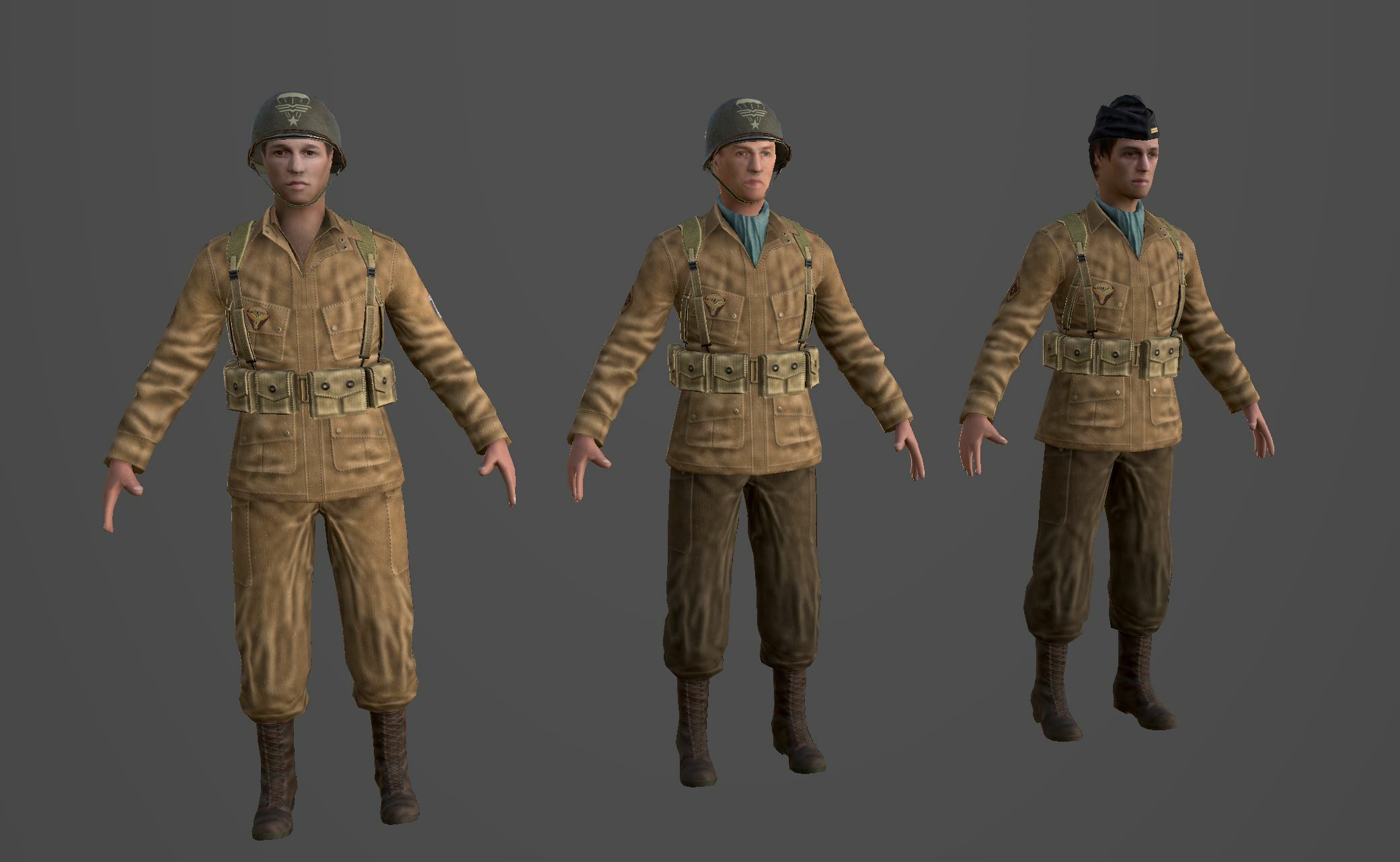
Lastly, the
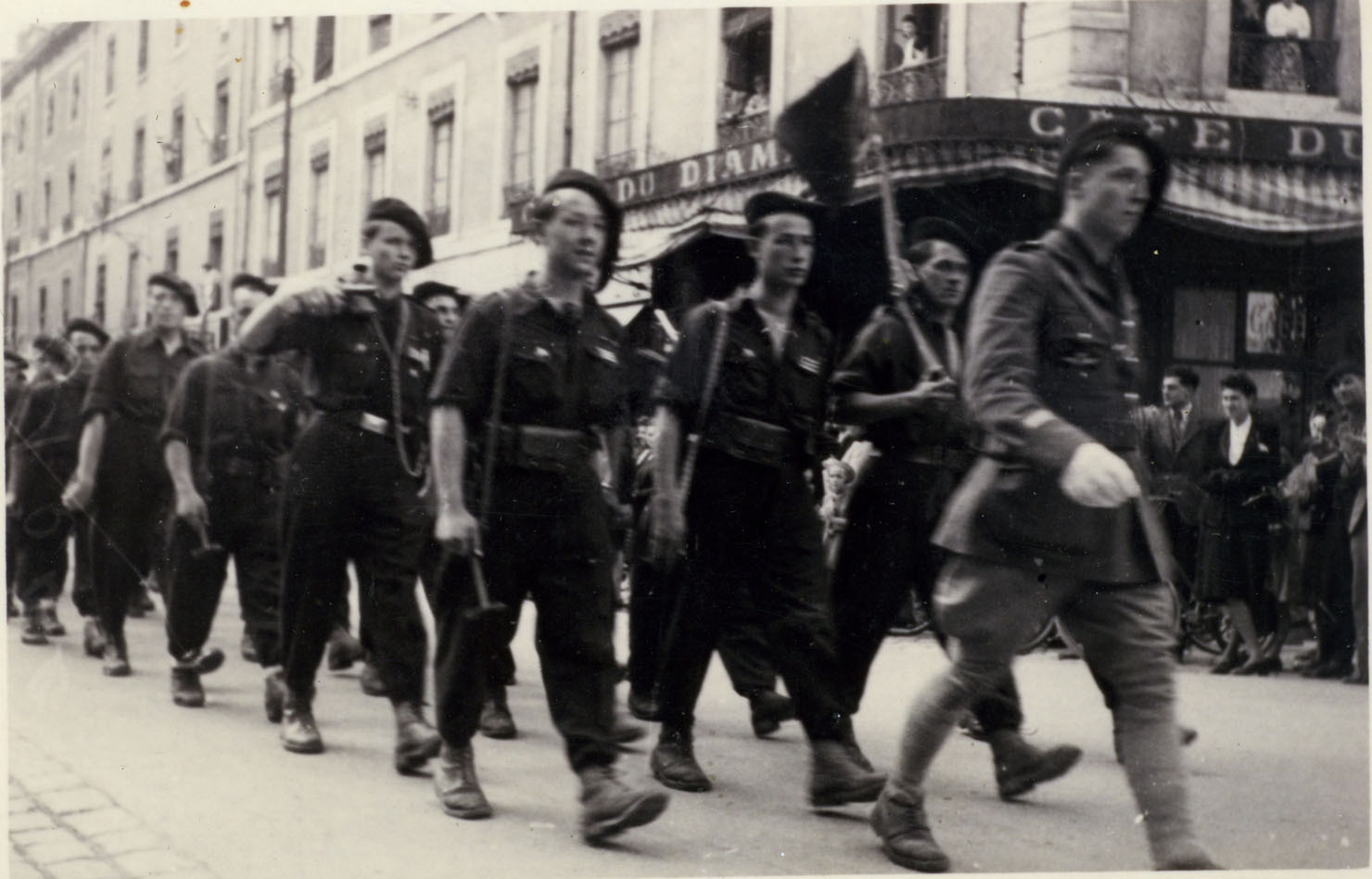
The
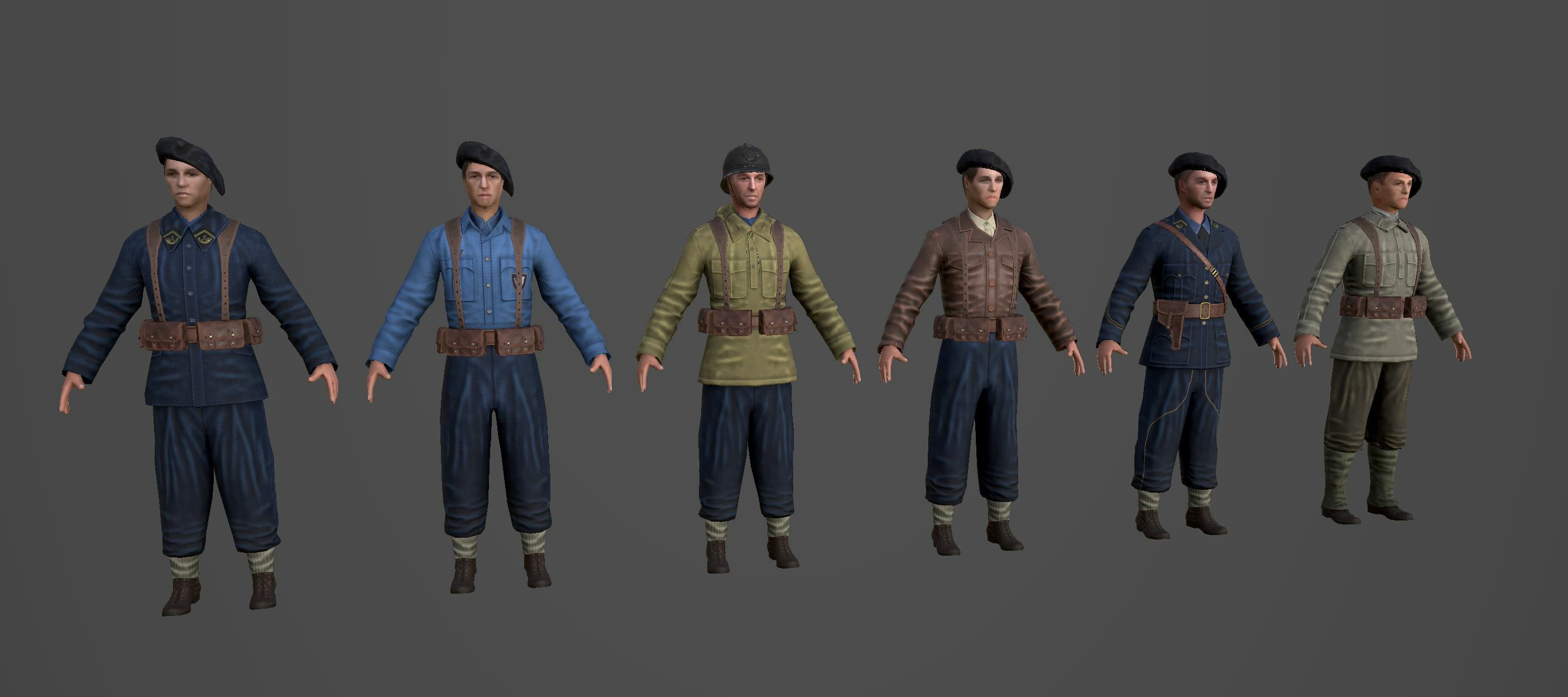
We have finished all the historical highlights - our so-called
And if you want to read more about the two new
That’s all. Let us know what you think!
Be sure to join the
Looking for an online game? Visit the Discord server or Reddit page and get involved with the lively
See you on the battlefield, commander.
We hope you are well. On the back of last week’s reveal of the two new
Aces
coming to Steel Division 2: Men of Steel
, and before that, the extensive Versus
DevBlogs detailing a pair of new divisions each, we’ll start a fresh series of posts today. We will look at the combat soldier who takes center stage in our upcoming expansion and showcase several new in-game 3D models.In today’s DevBlog, we’ll detail two nations, one being brand-new to
Steel Division 2
: France
and Bulgaria
. Other nations to be featured in Steel Division 2: Men of Steel
, such as Canadians, Dutch, Italian, Americans, ... will get their chance to shine in the next few weeks.Nation in focus: Bulgaria
Bulgaria is one of the new nations to be included in
Steel Division 2: Men of Steel
. You can read more about Bronirana Brigada
, in this DevBlog here, detailing the unique circumstances of the Balkan nation fighting first for the Axis and then for Soviet-led Allies in the waning stages of World War II. Details of the uniform of Bulgaria’s foot soldiers during World War II are scarce - especially in English.

The Bulgarian soldier is predominantly wearing brown jackets and pants, with red collars and shoulder insignia for the infantry. The Bulgarian M36 helmet is very reminiscent of the ubiquitous German
Stahlhelm
. This is because Bulgaria used the same model as the Germans, but from World War I, and both nations’ World War II helmets are an evolution of this older type - bulkier and heavier - helmet. 
Limited to its sole paratrooper battalion, Bulgaria also used camouflaged uniforms during the war. These were based on the Wehrmacht
splittertarn
(“splinter”) pattern. Some of these uniforms also found their way to regular recon forces. The Bulgarians seemed to have been very fond of the pattern, which the airborne troops kept on using - with some modifications - for most of the Cold War. Nation in focus: France
With the wide variety of French fighting forces during World War II, it shouldn’t come as a surprise that there are still plenty of special types of troops to be highlighted. As you know from the previous
Versus
DevBlogs, Steel Division 2: Men of Steel
expansion will feature French troops in both the mixed Allied Groupement Dody
and as part of 1st Airborne Task Force
. French infantry will come in three distinct new sets. Goumiers
The Morrocan
Goumiers
were used as auxiliary troops before World War II, chiefly as “pacification” forces to crush rebellions against French colonial rule. Recruited from tough mountain tribesmen, mostly Berbers, Gourmiers were feared and often hated by other North African ethnic groups. However, World War II would allow the Gourmiers to shed this reputation and emerge as some of Free France’s best combat soldiers. 
After the defeat of France in 1940, and with the limitations imposed on the Armistice Army in terms of manpower and equipment, Goumiers weren’t included. Instead, they were considered “police troops.” Being scattered all over the place, these auxiliary forces slipped under the radar, which the French high command used to increase their number and weapon stocks discreetly.
When the French
Armée d’Afrique
switched sides after Operation Torch
in late 1942, the Goumiers were among the first troops ready for action. Although fighting well in the mountainous areas of Tunisia, they took heavy casualties against enemy armor, not having been trained or equipped to deal with tanks. The Goumiers’ claim to fame happened during the Battle of Garigliano in Italy in May 1944, which decided the fate of Monte Cassino. Having been regrouped as a brigade, they broke through German lines in supposedly impassable mountain terrain (even for an infantry division). The whole of the
French Expeditionary Corps
exploited the breach. So fast the Goumiers moved in this inhospitable terrain that not only were the Germans incapable of reforming their defenses, but Allied status reports on the conditions on the ground were also hopelessly outdated when they reached Allied high command. The Germans were forced to abandon the Gustav line, as well as Rome. This left the Fallschirmjägers defending Monte Cassino unsupported, which in turn allowed the Poles to storm and capture the strategic monastery.

Goumiers didn’t wear an army uniform, but a striped djellaba, sandals, and an American M1917 helmet or occasionally a French Ardian one. Tireless in the mountains, equipped with only a few mules, Goumiers could advance quickly through any terrain. They also made for excellent scouts and snipers. More warriors than soldiers, they were feared by the Germans who called the Moroccans (collectively, not just the Goumiers) the
”Sparrows of Death”
for their ability to sneak undetected and kill any unsuspecting sentry with their fearsome looking knives. 
Chasseurs-Parachutistes
The 2nd and the 3rd
Régiment de Chasseurs Parachutistes
were seconded to the SAS and thus organized along British lines (as depicted in Steel Division: Normandy 44’s
DBSAS
battlegroup). The 1st Régiment de Chasseurs Parachutistes
, to be featured in 1st Airborne Task Force
, was kept in Allied reserve in the Mediterranean theater and entirely equipped as a (smaller) American airborne regiment. It was the only unit with the 2e DB officially fielding Garand rifles. 
While inspired by the Americans, the uniform kept a distinct beige color with specific markings, including the inevitable French fashion touch!

Chasseurs-Alpins
Lastly, the
Chasseurs Alpins
were French mountain troops. Regarded as elite light infantry, they constituted most of the Armée des Alpes
, which in 1940 resisted the belated Italian invasion from the east. They inflicted heavy casualties on the invaders with almost no victims of their own. Undefeated in 1940, they still formed close to an entire division in French Vichy’s Armée d’Armistice
before being disbanded in 1942 when the Germans invaded the Unoccupied Zone. Although not under arms, it meant many trained soldiers were available in the Alp region. 
The
Chasseurs Alpins
, with their trademark tarte
(pie) headgear, would form the core of the well-disciplined and effective Alpine Résistance
groups. When the time came, the backbone of an entire new Free French division, the 27e Division d’Infanterie Alpine
, would be recreated under a month after the landing in Provence.
Steel Division 2: Men of Steel Versus
We have finished all the historical highlights - our so-called
Versus
DevBlogs of all the new divisions of the expansion. In case you want to check them out again: - The Wehrmacht reservist of the 715. Infanterie-Divisionand the paratroopers of the Allied1st Airborne Taskforcereceive their highlight in ourVersus #1DevBlog.
- The Allied commandos of the 1st Special Force Brigadeagainst the Market Garden-active AxisKampfgruppe von TettauinVersus #2DevBlog.
- The Finish-Swedish Axis 17. Divisioonaand the partisan-infused and mixed AlliedGroupement Dodyin theVersus #3DevBlog.
- The Axis-Hungarian armored 1. Páncélos Hadosztályand the Soviet-allied BulgarianBronirana Brigadaget their spotlight inVersus #4DevBlog.
And if you want to read more about the two new
Aces
- Allied Sergeant Tommy Prince
and Hungarian tank commander Barnabás Kőszeghy
- you’ll encounter in Steel Division 2: Men of Steel
, look no further and check out this dedicated DevBlog here.See you on the battlefield
That’s all. Let us know what you think!
Be sure to join the
Steel Division 2
community on our Steam forums. The latest Steel Division 2
news can also be encountered on our Instagram. Looking for an online game? Visit the Discord server or Reddit page and get involved with the lively
Steel Division 2
community! See you on the battlefield, commander.
